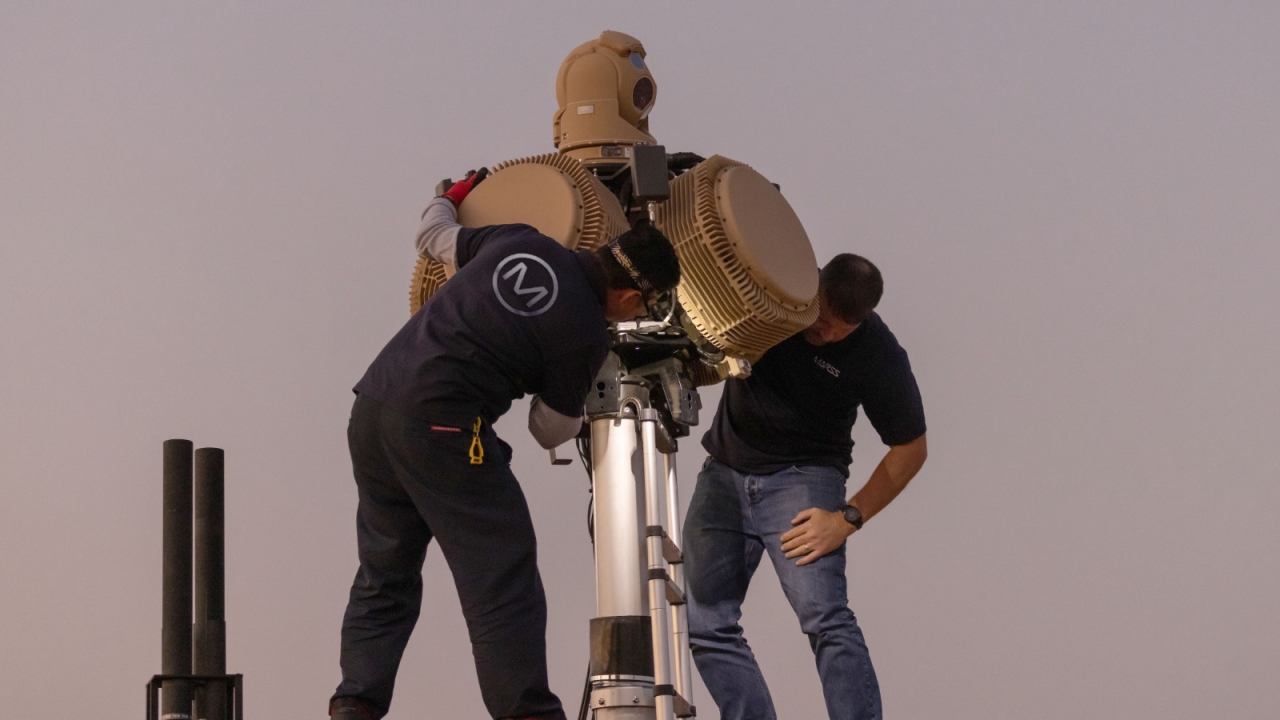Hawks help fill Qatar’s training gap
With a massive air force expansion under way, the Qatar Emiri Air Force (QEAF). will need to significantly boost its training system. As Jon Lake reports, BAE Systems hopes that its Hawk will provide the solution to the emerging requirement.

An air force that operates just 12 jet fighters (Mirage 2000-5EDAs and DDAs) is set to receive 36 Boeing F-15QA Advanced Eagles, 36 Dassault Rafales and 24 Eurofighter Typhoons – an eight-fold increase!
The air force’s transport element is doubling in size, while rotorcraft numbers are set to increase from about 44 aircraft to around 70.
All of this will require a dramatic growth in pilot numbers, and Qatar is building a new flying training system.
It has already acquired 24 Pilatus PC-21 aircraft, together with synthetic ground-based training devices.
The air force’s existing fleet of six Alpha Jets are now showing their age, and require urgent replacement.
The £5 billion ($6.56bn) contract with BAE Systems for 24 Typhoon fighters and nine Hawk advanced trainers, together with in-service support and initial training, became effective on Tuesday September 18 after the company received its first payment.
Although Qatar had signed the contract in December 2017, it had taken some time to ‘activate’, requiring the issuance of a royal decree relating to Qatar's financing of the contract.
On the UK side, the deal had to be underwritten by UK Export Finance, the government’s credit guarantee agency.
Qatar had originally indicated what BAE called a “clear intention to proceed with the purchase of six Hawk aircraft”. But, during a speech at the Royal United Services Institute in London in June 2018, Qatari Defence Minister, Khalid bin Mohammad Al Attiyah, announced that the emirate would increase its order from six to nine aircraft.
Hawk deliveries are scheduled to begin in 2021, with the first Typhoons following in 2022.
If the new Hawks are to fulfil all of Qatar’s lead-in fighter training requirements, a fleet of nine aircraft would seem to be much too small for a fighter force of 96 aircraft, and many expect further advanced trainers to be procured.
Logic would dictate further Hawk orders to maximise commonality and reduce support costs. But, after acquiring three types of fighter, it might not be a complete surprise if Qatar bought more than one advanced trainer type.
The US T-X trainer might be procured to support F-15QA training needs, and another aircraft could be acquired to train pilots for the Rafale. But the three-way fighter purchase has already ‘bought’ Qatar influence with three supplier nations, as well as providing the QEAF with opportunities to train with three different fighter ‘communities’. A more efficient single type solution may still be pursued for the lead-in fighter training requirement.
Little detail has been revealed about the exact standard of Hawk being supplied to Qatar.
The Hawk has been developed to more closely reflect the challenges or operating a modern four-plus-generation fighter, such as those now being procured.
The original BAE Systems Hawk advanced trainer spawned a succession of increasingly capable and advanced variants, and this has kept the type viable and competitive with sales continuing to mount up, even 44 years after its maiden flight.
The latest Middle Eastern customers, Oman and Saudi Arabia, have selected variants of the Hawk Advanced Jet Trainer (AJT), which is powered by the 6,500lb thrust Rolls-Royce Adour 951 engine and has a new wing, forward and centre fuselage, fin and tailplane, compared to earlier versions.
The AJT has only 10% commonality with the first generation Hawk, and has four times the fatigue life of the original aircraft.
The 951 engine has an all-new fan and combustor, revised HP and LP turbines, and introduces full authority digital engine control (FADEC). It has twice the life compared to the Adour 871.
But Qatar may have opted for the new Advanced Hawk, which has an all-new cockpit with a LiteHUD low-profile head-up display and a large area display, similar to that used on the F-35 Joint Strike Fighter, as well as a redesigned wing conferring increased climb, turn, angle of attack and take-off and landing performance.
The new variant is the first Hawk with a full frontline combat potential, with beyond-visual-range and precision-strike capabilities.
Stay up to date
Subscribe to the free Times Aerospace newsletter and receive the latest content every week. We'll never share your email address.

